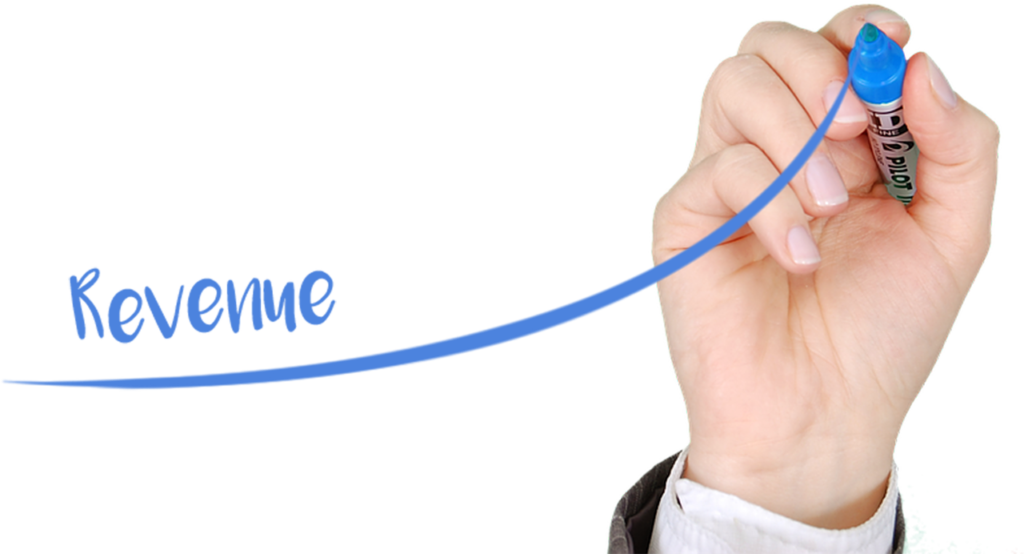At first glance, you will find the term “Free for Profit” a bit inconsistent and confusing. Though, in simple words, it is all about the idea of using content or resources that are easily available online and can be permanently used for profit activities. It states the notion for the artist or content creators that even though an asset is provided for free, there would be no copyright issues while using it. And then further it can be used in activities which can generate profit in the longer run.
For instance, if you are a creative artist who usually works in the field of music, art, or painting, then “Free for Profit” would mean that you can use specific content without making a payment upfront. It means that they can use that free content in their different creative projects, products, or services, and all these usages can lead to generating revenue and intended to generate revenue streams for them. This strategic approach can sometimes be a stepping stone to gaining a major segment of users, customers, or consumers, as human nature is particularly attracted to the term “no initial cost”.
It’s extremely notable to understand all the specific terms and conditions of “Free for Profit”, as it sometimes varies from content to content. In this digital era of evolution, every creator offers some sort of free-for-profit for other creators to make an impact. However, some offer their work without any cost but with certain conditions, whereas, some allow complete flexibility in the usage.
The professional approach is to thoughtfully read, inhale, and understand all the licensing terms and conditions related to any content labeled as “Free for Profit”. It ensures that you are utilizing it by all the means through which the creator has made it free and public. Moreover, the most important element is that it shouldn’t cross the legal accusations and shouldn’t cross the borders of “Free for Profit”.
Free For-Profit Organizations
The “Free for Profit” term is different for all organizations, as every organization uses it in some sort of different context. Every offering can result in a different meaning and can be related to a specific profit-generating activity. Following are some of the few examples to further understand this concept in detail:
⦁ Open-Source Software Projects
In this fast-changing domain, we usually see many software companies offer open-source projects, that come under open-source licenses. This particular term means that the software’s source code is openly available to the general public, and users dare to adjust, disburse, and even commercialize it for further target segments.
Secondly, you have to understand that in this category, software is often provided for free, and businesses and individuals can then develop auxiliary products or similar services around it, potentially leading to profit.
⦁ Creative Commons Licensing
Creative Commons Licensing is yet another famous and useable category. Creative Commons (CC) licenses are public licenses. You can use them to indicate what other people are allowed to do with your work. Each work is automatically protected by copyright, which means that others will need to ask permission from you as the copyright owner.
CC licenses let you easily change your copyright terms from the default of “all rights reserved” to “some rights reserved.” They are legal tools to permit in advance to share and use your work – on conditions of your choice.
Creators might use these licenses to share resources like images, music, or written content.
⦁ Royalty-Free Music and Media
A few of the online platforms offer royalty-free elements such as music, images, videos, vectors, and other assets. All these royalty-free elements can be amplified into various other profit-making assets.
Royalty-free also means that an initial fee is for that particular content, and after that, it is readily available without any additional payments. This is frequently used in diverse industries for instance, video production, advertising, public relations, and marketing communications.
⦁ Free Samples for Dealings
In a few of the industries, they start with free samples or beta versions of their offerings. This attracts potential customers.
These free samples can be used for evaluation and testing, and if customers find value in them, they might choose to purchase the full product or service.
⦁ Online Learning Podiums
Nowadays, some educational platforms offer free courses or resources that individuals can use to acquire new skills. While the courses are free, the platform might also offer premium courses or certifications for a fee.
⦁ Freemium Models
Some companies provide a very basic version of their product or service for free. And if you need its advanced version, and features or want to unlock other functionalities, you have to pay a fee.
This “Freemium” model approach allows users to experience the product’s worth before deciding to advance to a paid version with supplementary paybacks.
⦁ Open Educational Resources (OER):
OER is the online education and learning content that is readily available for all sorts of seekers.
Instructors and teachers use such material to share knowledge without worrying about copyright issues.
These resources can include textbooks, lesson plans, and educational videos.
In a Nutshell
It all depends on the specifics of how “Free for profit” works, the innate meaning can vary depending on the context, nature of the industry, and the legal terms and conditions set by the creators or sources who have built the resources. It’s important to understand the licensing agreements and any usage restrictions associated with the content you’re considering using

